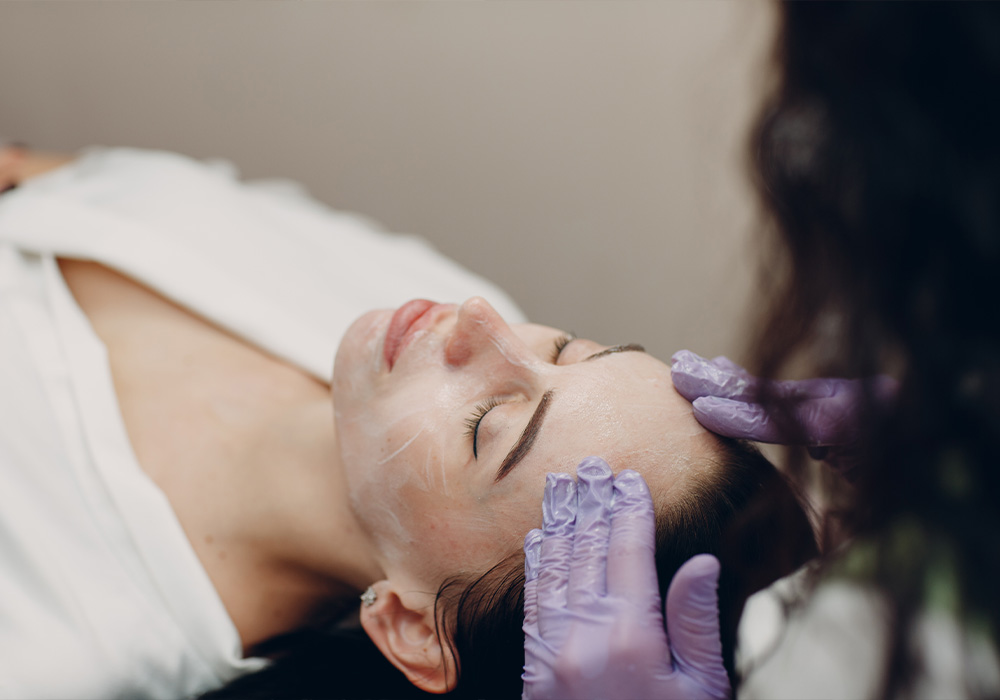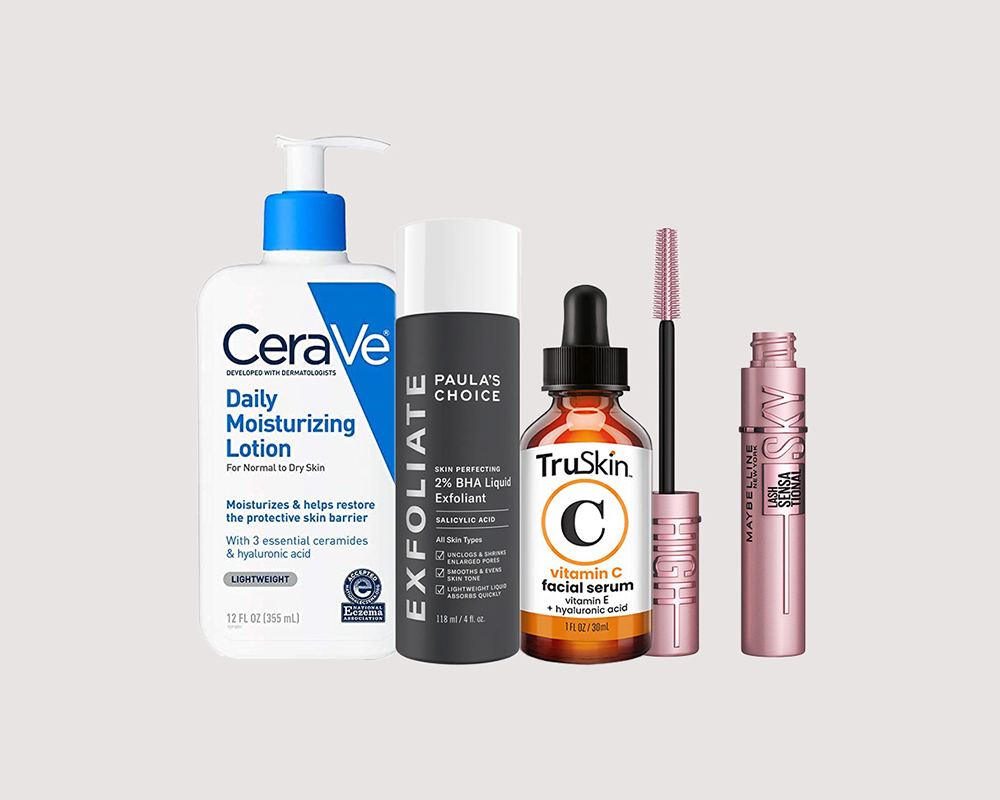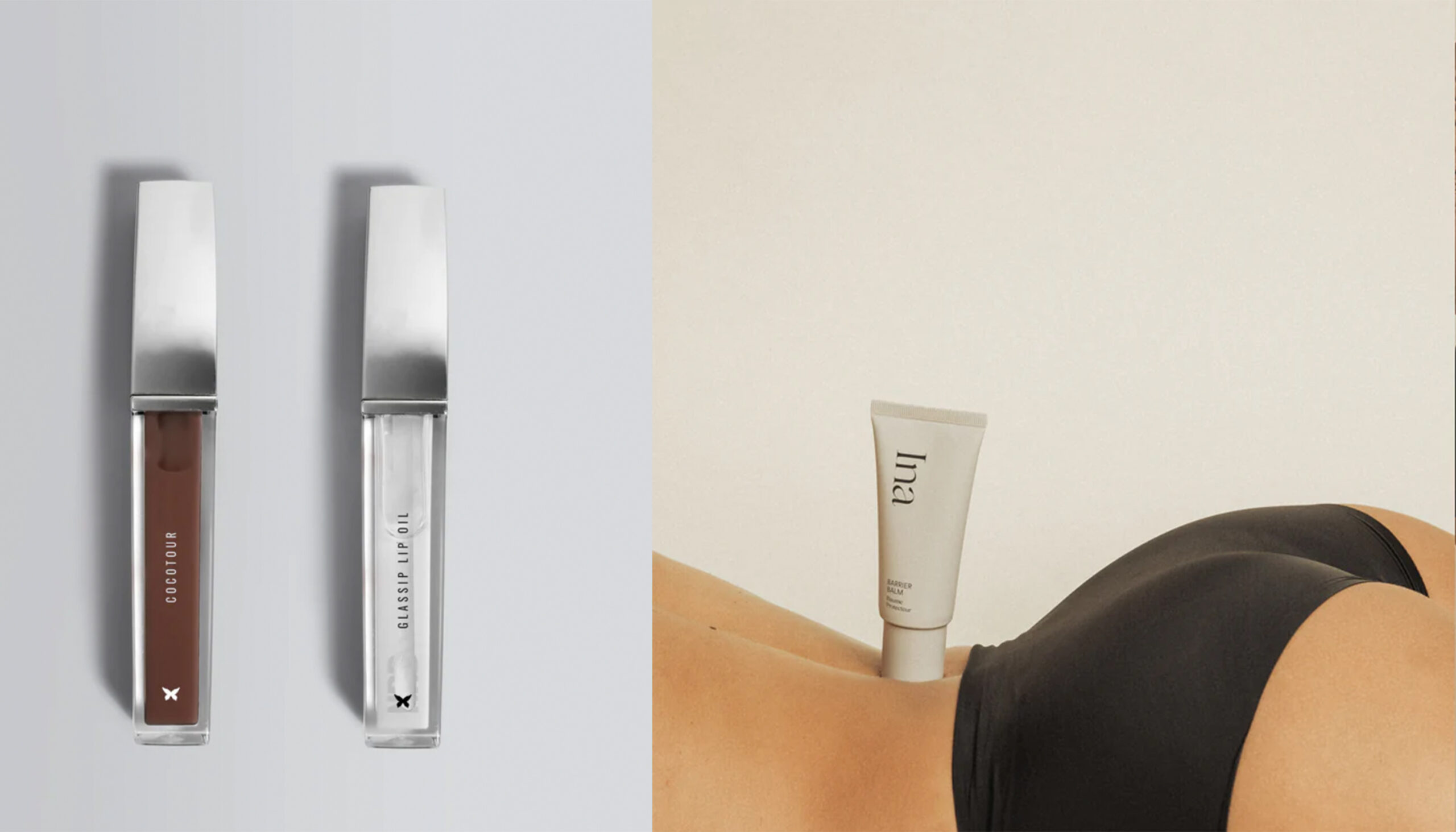Not every treatment has always been safe for every skin tone. For decades, patients with darker skin were discouraged from receiving aesthetic treatments like laser resurfacing, chemical peels, and laser hair removal for fear of adverse reactions. This fear was warranted, as these treatments were found to more easily trigger hyper and hypopigmentation as well as skin damage in skin that contained more melanin.
But now, these treatments have developed options with darker skin in mind, creating new technologies and approaches that prioritize the safety of melanin-rich skin. We spoke with experts to learn what advancements changed the game and how we know what treatments are right for which skin tones.
Including Black Patients from the Beginning
Of course, it’s important to note that these treatments weren’t created or tested in a vacuum. Laser technology was developed in the ’60s, and dermatologists were quick to determine the applications for skin and hair. While the technology advanced quickly, discriminatory practices and entrenched racism meant that safety testing was conducted on white patients.
By extension, a big part of making aesthetic treatments like this safe for black patients meant including them in safety testing. Prioritizing how dark skin reacts to different laser treatments is a big part of how they’ve become safe, but black patients are still underrepresented in clinical studies and as examples in medical textbooks, so there’s still a long way to go.
A big step forward in the safety of patients of color came with the development of scales like the Fitzpatrick scale, which categorize skin types by melanin concentration.
According to Louisville, KY plastic surgeon Chet Mays, MD, scales were developed to standardize what treatments and energy levels are appropriate for a given skin tone. “The scale helps us to determine the effectiveness of lasers on the different skin types,” Dr. Mays explains. “The strength of the laser used is determined based on the skin’s reaction to the light, similarly to how different skin types react to the sun. It’s one of the first steps in determining the proper treatment and energy used to help you reach your skin-care goal.”
Aventura, FL dermatologist Bertha Baum, MD notes that despite safety advancements, it’s a good idea to test an area of skin to know for sure how you will react to treatment. “A patch test is often conducted before the full treatment to evaluate the skin’s response and ensure safety,” Dr. Baum explains.
Lasers Get Fractional
According to New York dermatologist Doris Day, MD, the biggest change in laser technology was the shift from ablative to fractional lasers. “An ablative laser, when it targets an area of skin, say one centimeter, it will treat the entire area. 100% of that area would be hit,” Dr. Day says. “A fractional laser will target that same one-centimeter area, but only treat it in fractions, it could be any percent we want. So, you’ll see lots of little dots on the skin in a grid-like pattern that leaves bridges of normal skin in-between.”
Treating the skin in fractions reduces the amount of trauma the skin is taking, and those bridges of untouched skin helps speed up the healing process.
“Those bridges of normal skin are how you heal. We know that wounds heal from the edges to the center,” Dr. Day explains. “So, we’re creating more and more edges and making the space to the center a lot closer for any given wound that we create.”
Being able to control exactly how much of a given area is treated means creating less trauma for the skin and speeding up the healing process, which opens it up to patients with darker skin.
“Even in skin of color, to a point, you can use these lasers,” Dr. Day says. “But the same rules apply in terms of no sun exposure or tanning when you have the treatment done. And generally speaking, the darker the skin tone, the less energy we use and the smaller a fraction we use.”
How Laser Hair Removal Became a Safe Option
Dr. Baum says part of the challenge for using lasers on patients with more melanin was the way lasers worked. “Laser hair removal technology was not considered as safe or effective for individuals with darker skin tones,” Dr. Baum explains. “Traditional laser hair removal systems relied on targeting the pigment (melanin) in the hair follicle.”
So, when a laser is eliminating hair, it’s using the color of the hair follicle to target it. That’s clearly a problem for patients with more melanin.
“In individuals with darker skin tones, the melanin is more abundant and distributed throughout the skin,” Dr. Baum explains. “This made it challenging to differentiate between the melanin in the hair follicles and the surrounding skin, increasing the risk of potential side effects such as burns, hyperpigmentation, and hypopigmentation.”
To decrease that risk, lasers with longer wavelengths were developed. “Lasers like Nd:YAG Lasers and some Diode lasers have longer wavelengths that can penetrate deeper into the skin, bypassing the melanin in the epidermis (outer layer of the skin) and targeting the hair follicles more effectively,” Dr. Baum says.
Dr. Day adds that in addition to longer wavelengths, more pigmented skin requires a lower energy setting on the laser. “The deeper the skin tone, the more melanin present,” Dr. Day explains. “For that, you need a longer wavelength and less energy to reduce the risk of scarring and hyper or hypopigmentation.”
Using less energy makes the laser less likely to damage the pigment of the skin but may also require more sessions to achieve a complete result.
“Doing this will often take more time, and sometimes we may only be able to make the hair finer, or grow back thinner,” Dr. Day says. “And sometimes that’s actually a really great result, because it’s no longer causing skin problems like inflammation every time it grows back.”
Chemical Peels and Skin Depth
Alongside lasers, chemical peels were also among treatments that could harm patients of color. While it is true that deep chemical peels are not a great option for patients with darker skin, that doesn’t mean they need to be avoided entirely.
Glenn Dale, MD dermatologist Valerie D. Callender, MD explains that chemical peels have different strengths that aim to resurface at different depths of the skin. “Chemical peels fall into 3 categories: superficial, medium-depth and deep,” Dr. Callender says. “Superficial peels are relatively safe in skin of color, and medium depth peels can be used but with caution. Deep chemical peels should not be used in darker skin types.”
Dr. Baum notes that some patients with dark skin may have good results from a deeper peel, but she does not typically recommend them. “I personally don’t use deep chemical peels often, but for some patients they give excellent results,” Dr. Baum says. “I try to avoid them on skin types 4-6 because of risk of hyperpigmentation.”
The Importance of Experience
Dr. Day explains that these advancements make it even more important that you have an experienced practitioner at the reigns. “There are so many things we have to consider,” Dr. Day says. “When it comes to just laser hair removal, we have to consider the skin type, the hair type, how long the hair is—it needs to be long enough that we’re not burning the skin but not too long that that the hair burns and lands on the skin itself. And you want someone who is going to be able to set the laser themselves and not just use presets, someone who knows the device fully. You also need to be ready for the patient to not react the way you expect, and to be prepared to stop the moment they indicate they need you to.”
Dr. Callender agrees that laser hair removal is only as safe for black patients as their practitioner is experienced. “Laser hair removal in patients with darker skin can be used however, it must be performed with caution and by a provider who is experienced with treating these patients,” Dr. Callender says. “Special considerations with laser settings that include longer wavelengths (1064nm), longer pulse durations and skin cooling is warranted and many of the newer lasers have these capabilities.”
When you’re searching for a practitioner with experience, you need to do your research.
“As with all procedures it’s important to do your research and check accreditations,” Dr. Mays explains. “Reading reviews, looking at before and afters on the website for diversity in the patient population will give you an idea of the experience of the practice in treating darker skin types. My best advice is to be your own advocate and ask direct questions to the office you are seeking treatment about their experience in treating darker skin types.”

















